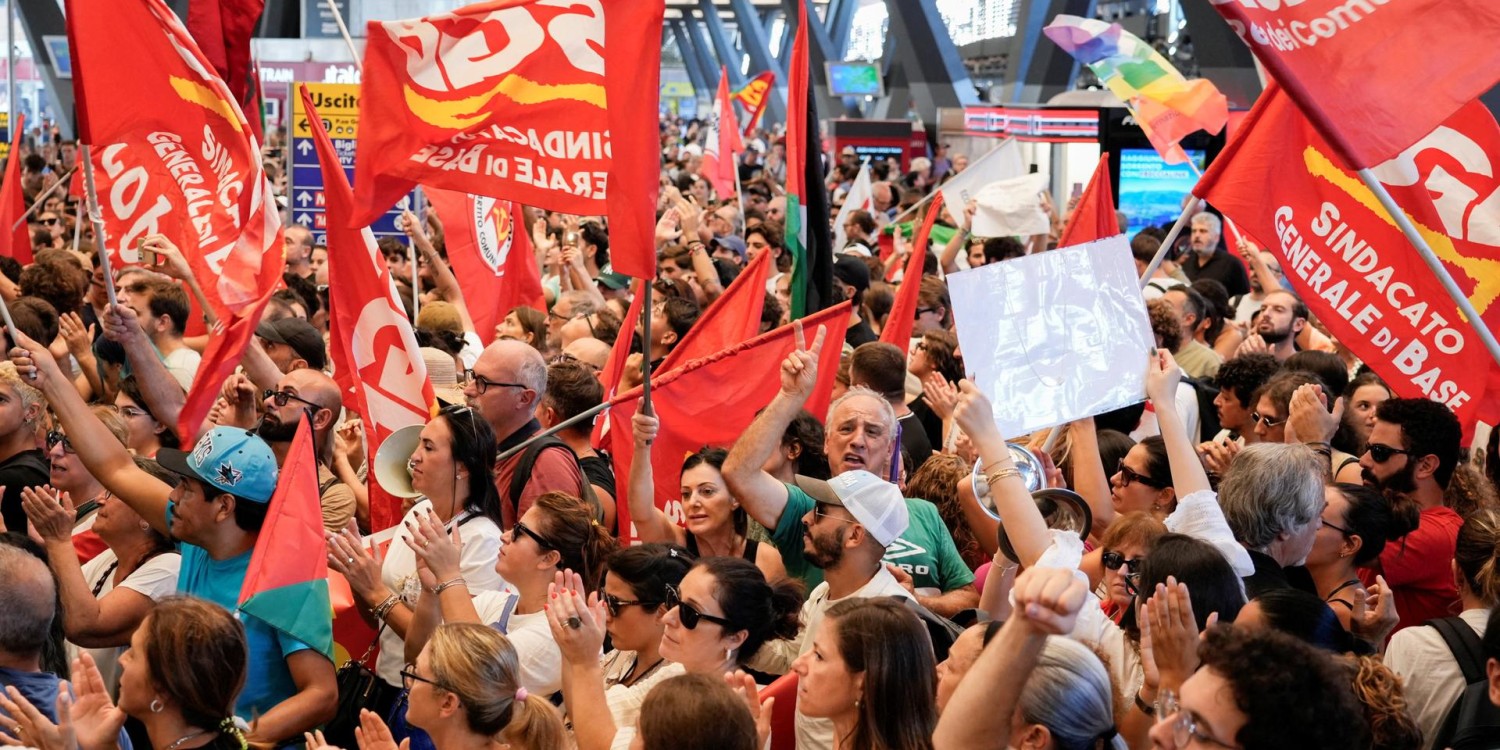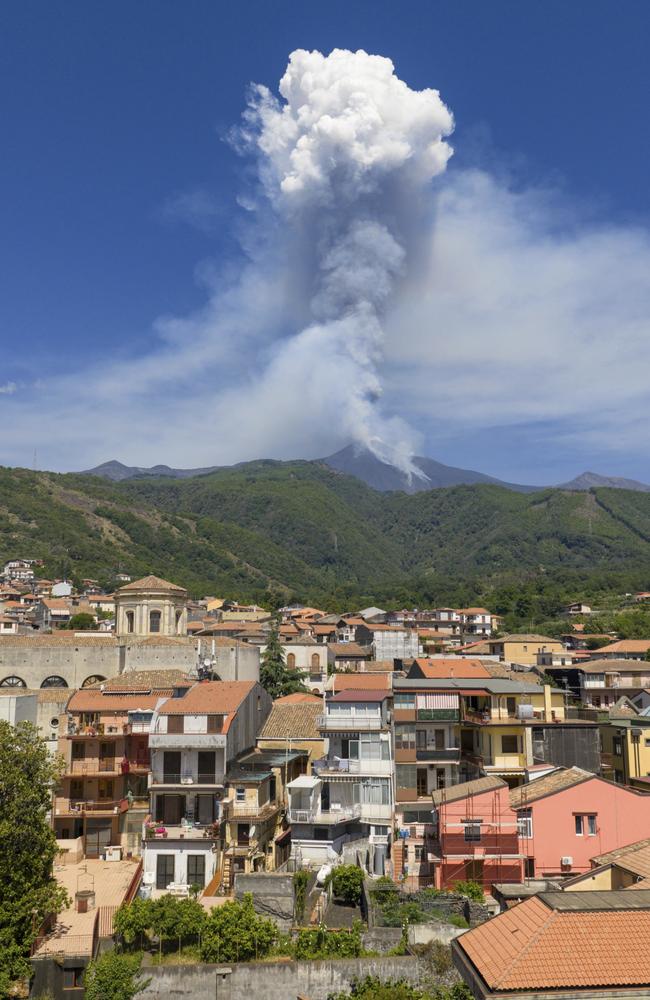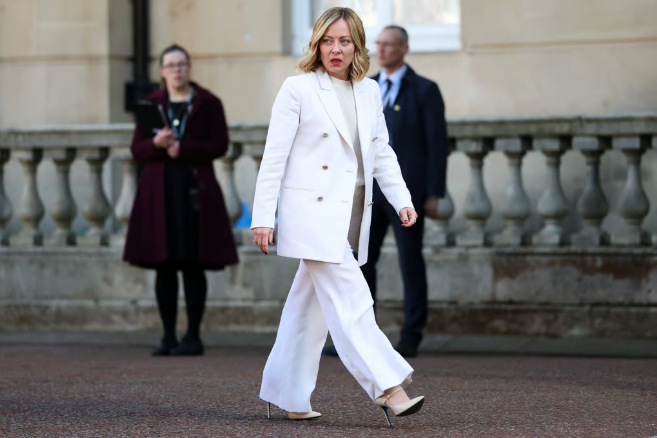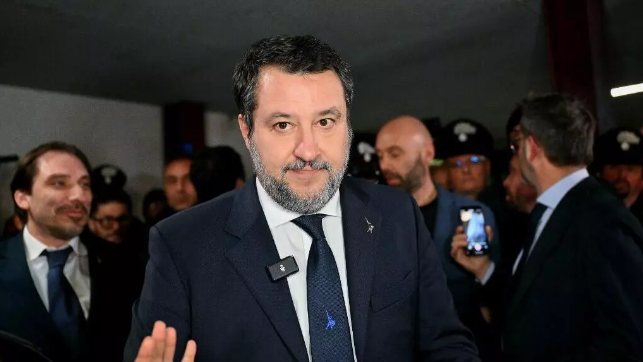
This article is more than
7 year oldItaly PM-designate Conte gives up bid for government
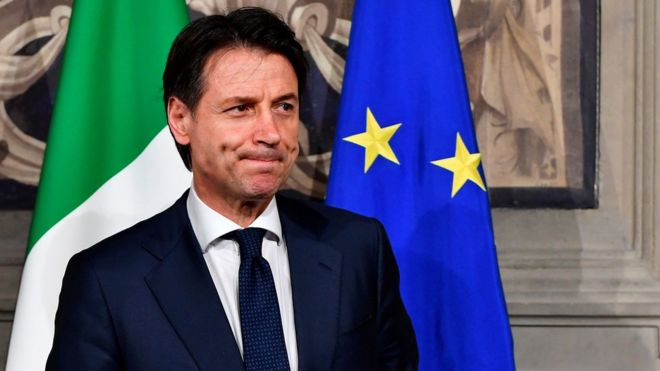
The decision was announced following a meeting between the two men.
Mr Conte, a political novice, was chosen by two populist parties in an attempt to end 11 weeks of political deadlock.
Italy has been without a government since elections on 4 March, because no political group could form a majority.
Mr Conte took his list of cabinet choices to President Sergio Mattarella on Sunday evening in the hope of finally being able to form a coalition government.
But Mr Mattarella rejected his candidate for economy minister, Paolo Savona, a strong eurosceptic.
What powers did the president use?
Under Italian law, the president has the right to reject the appointment of a cabinet member, but his decision angered the two-party populist coalition of the League and 5-Star parties, who were hoping to form a government.
- Italy's economy in charts
- Italy populists: What you should know
- Should Europe be scared of Italy's coalition?
Speaking after the meeting, Mr Conte said: "As you have already heard, I have rejected the mandate to form a government that had been offered to me by President Mattarella."
He went on to thank Mr Mattarella and said he had applied himself "to the utmost in this task".
Mr Mattarella said he had "agreed and accepted all the proposals except that of the economy minister".
"No-one can claim that I have stood in the way of the formation of the so-called government for change," he said.
He said he would wait before deciding whether to call fresh elections.
How did populist parties react?
Matteo Salvini, the leader of the far-right League party, called for a new election.
"In a democracy, if we are still in democracy, there's only one thing to do, let the Italians have their say," he told supporters in a speech in central Italy.
Luigi Di Maio, the leader of the 5-star party, said Mr Mattarella's rejection of Mr Savona was "unacceptable".
"It's an institutional clash without precedent," Mr Di Maio said in a live Facebook video.
Mr Savona, who served as industry minister during the 1990s, has been an outspoken critic of the European Union and an opponent of austerity programmes. Plans to make him economy minister prompted concern over the proposed government's ability to rein in the country's massive national debt - equal to 1.3 times its annual output.
President Mattarella warned on Sunday that the prospect of a populist government had "alarmed Italian and foreign investors" and worsened the "spread" - the gap between Italian and German 10-year government bond yields.
How did a political unknown emerge as proposed PM?
No political group was able to form a majority after the inconclusive elections in March. Earlier this month, after days of talks, League and 5-Star agreed to form what would be an anti-establishment coalition.
Five days ago Mr Conte, a 53-year-old law professor, a former leftist and devout Catholic, was nominated as prime minister - a compromise choice to bring the two parties together.
There were fears among some in Italy that he would end up a figurehead, operating at the direction of Mr Salvini and Mr Di Maio.
Centre-left newspaper La Repubblica in an editorial branded him "a prime minister who will not count".
"What authority will he have when he goes to meet Angela Merkel and Emmanuel Macron?" the editorial asked.
Mr Conte's decision on Sunday may now have put Italy's electoral process back to square one. "Hold our nerve and solidarity with President Mattarella. Now we must save out great country," tweeted Italy's outgoing prime minister, Paolo Gentiloni.
